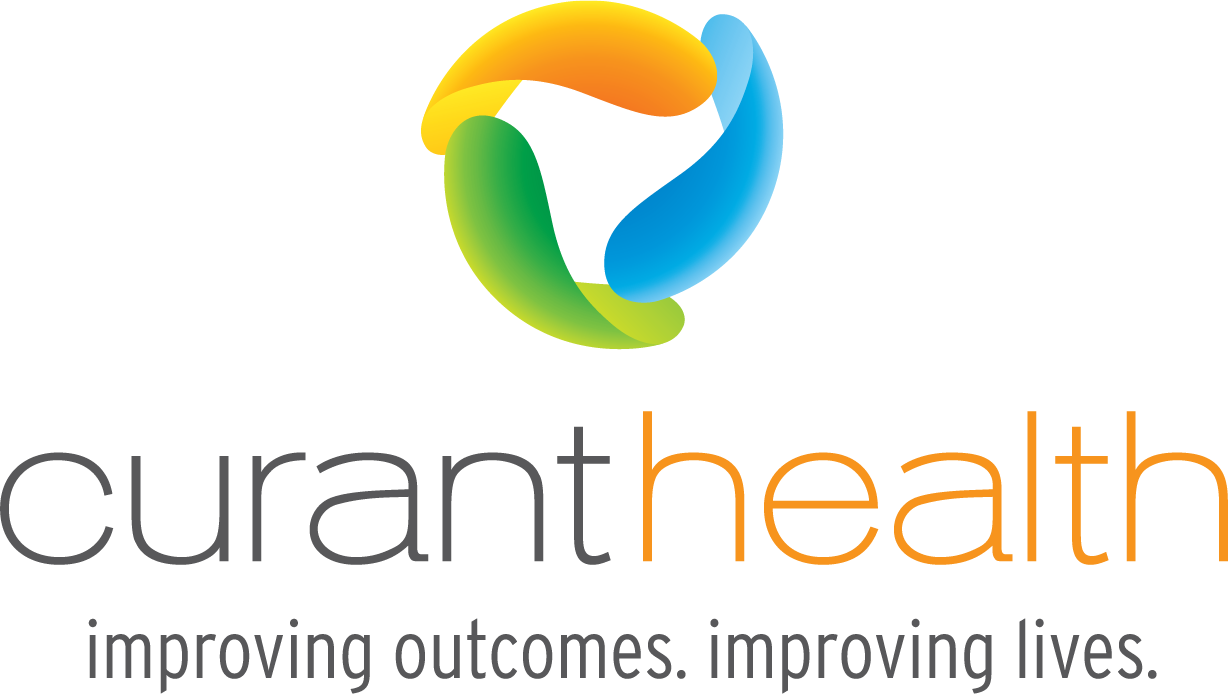April 27, 2018 – Curant Health COO, Marc O'Connor, in PharmExec.com: This year’s IDN Biopharma Strategy Summit from CBI was a useful, intimate gathering of roughly 100 industry leaders, approximately 25% of which represented IDNs, 70% pharmaceutical manufacturers, and 5% various service providers.
Confirmed: it's tough going for IDNs that want to set up their own specialty pharmacy programs
The majority of what we heard and learned was confirmation of the difficulties IDNs face as their own specialty pharmacy programs grow large enough to run up against manufacturers’ existing limited distribution networks. Even among elegant IDN SP programs from Vanderbilt, UPMC, and Johns Hopkins, the percentage of specialty drugs the in-house pharmacy dispenses is starting to shrink. University of Utah Health stated that its in-house pharmacy filled approximately 50% of prescriptions one year ago (irrespective of drugs on limited distribution). Currently, that number is 38%.
This is the result of the PBM/Payer network access issues and a limited distribution network system that pharmaceutical manufacturers implement to ensure the appropriate balance between access and safety; at least on the surface. In many respects, it is understandable that IDNs with in-house specialty pharmacies feel hard done by. After all, the clinical team has done the hard work in patient support including medication therapy management, only to have that go uncompensated as prescriptions are redirected to an ‘in network’ pharmacy by the PBM.
Understandably, pharmaceutical manufacturers entering into access agreements with more than 100 specialty pharmacies inside of U.S. IDNs—all with varying competencies—is not a viable proposition in a network currently existing of just six pharmacies, for example.
Takeaways for IDNs?
Specialty pharmacies inside of IDNs can only grow to a certain size before access to specialty medications begins to shrink. We have known for 20 years that margins on specialty medications are thin for pharmacies. Entering the SP space is not the endless revenue generator some IDNs believed it would be. This is unlikely to change in the foreseeable future.
Click here to read the full article.
To talk to a Curant Health team member about our collaborative partnership models for health systems, give us a call at 866-276-7906 or send an email to klindsey@curanthealth.com.
